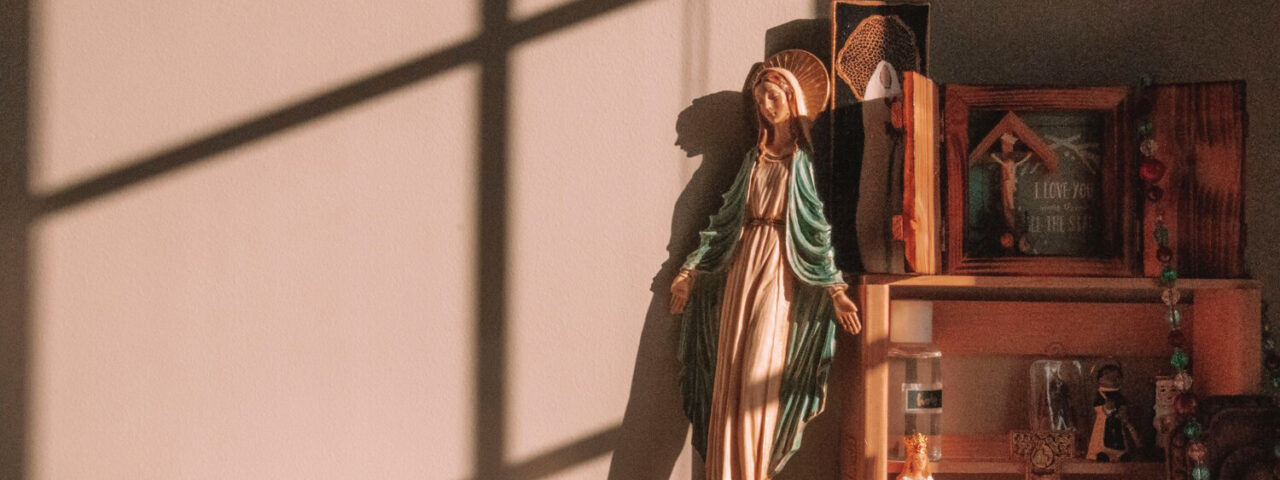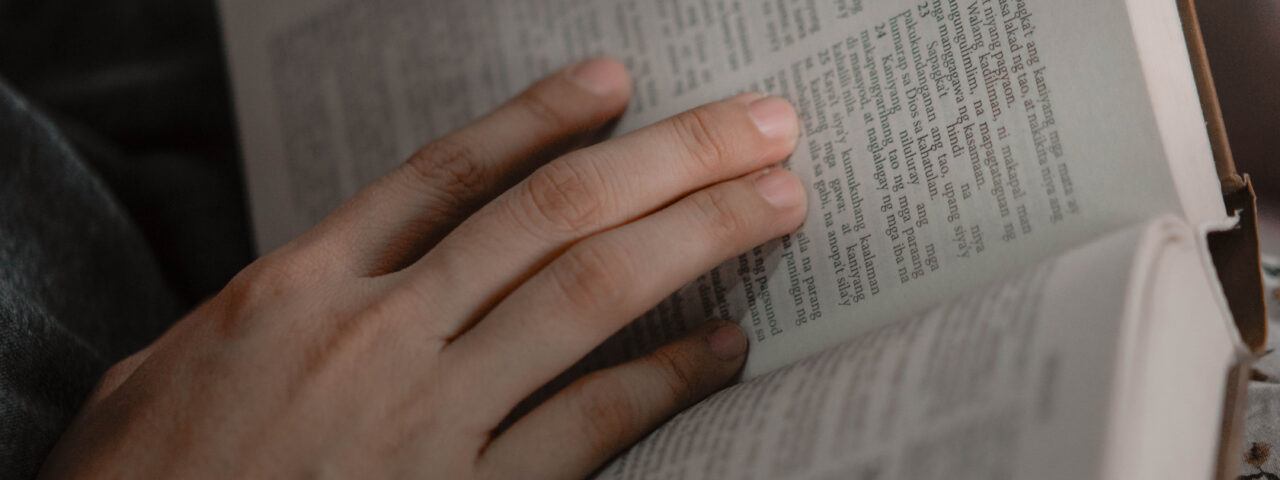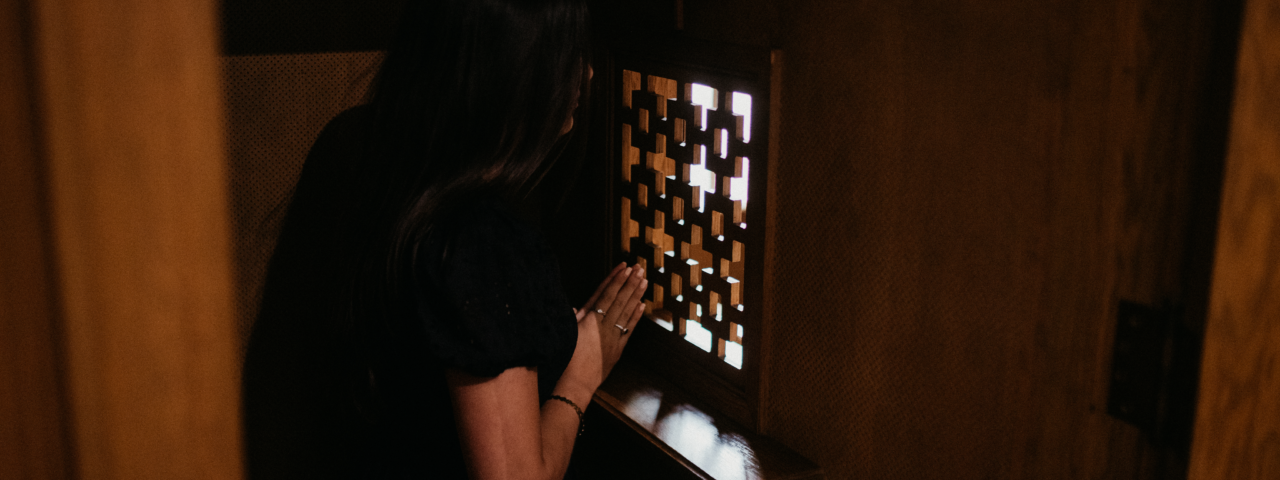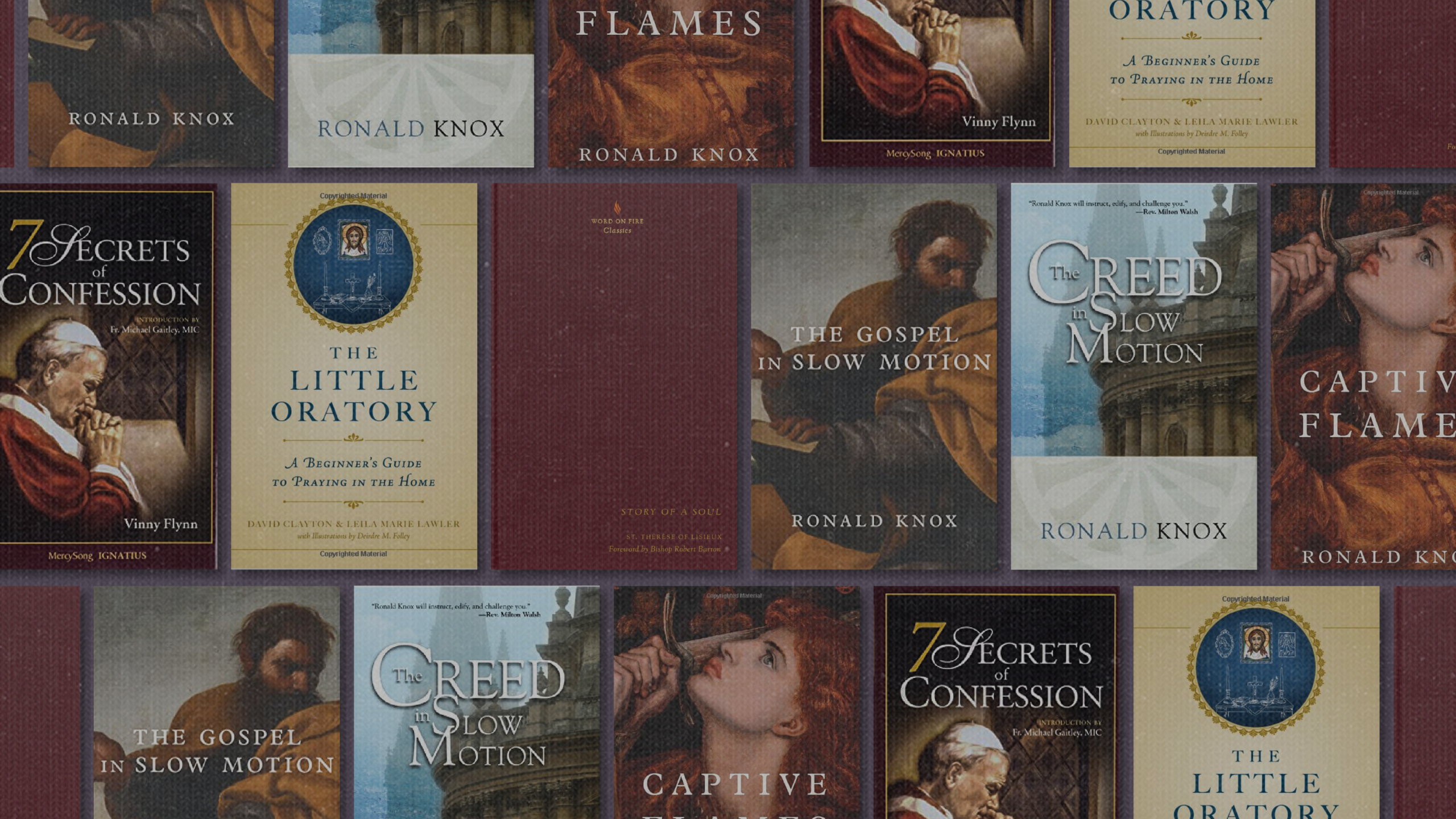Advent sometimes gets rather squashed and forgotten in between Thanksgiving and Christmas, but it is a season rich with opportunities for spiritual growth.
This is the liturgical season that most fully calls to mind the “already/not yet” nature of being a Christian. We are preparing for Christmas, which is the celebration of the Nativity of Christ, the first coming of Christ into the world in humility and meekness; thus, we look backward and remember a historical event. But we are also preparing for the Last Day, the Second Coming of Christ into the world in power and glory; thus we look ahead and anticipate a future event. The Apostles’ Creed calls to mind both these events: “I believe in Jesus Christ . . . born of the Virgin Mary” who “will come to judge the living and the dead.”
Advent, then, has a somber flavor to it; we eagerly anticipate the celebration of our savior’s birth precisely because we need a savior. For that reason, Advent, like Lent, has purple as its liturgical color. And like Lent, it provides a season eminently suitable for self-reflection and spiritual growth.
That said, it’s easier to make resolutions for better spiritual habits than to find the time, energy, and attention to develop them. But take courage! Usually the reason we give up on attempts to grow spiritually is that we take on too much at once. Little by little is the way to do it: even the smallest step forward in the spiritual life is a beautiful thing.
With that in mind, here are three suggestions for a “holy habit” that you could begin this Advent, with a recommended book to support each one. Choose one of these habits and give it a try! You might be surprised at how much richer Advent (and your spiritual life) becomes.
1) Make a prayer corner in your home.
Set up a little shelf or table, and place your Bible and favorite prayerbook on it, and your rosary; make sure there’s a chair nearby; set up a crucifix and a holy picture or two. Voilà! You now have a prayer corner where you can gaze at Our Lord, his Blessed Mother, or a favorite saint or two when you sit down to pray—whether it’s to pray the Daily Office, read a Psalm, say a decade of the rosary, or just sit down for a moment of recollection. Having a dedicated space for prayer, however small and simple, helps to integrate it more fully into your daily life. And it really can be simple: if you don’t have any icons or sacred art, you can make quite a beautiful display with prayer cards, religious greeting cards, or postcards of religious art (greeting cards are especially handy as they stand up on their own).

To learn more about this and to get practical, helpful suggestions, I highly recommend The Little Oratory: A Beginner’s Guide to Praying in the Home, by David Clayton and Leila Marie Lawler. Their book also includes suggestions on how to involve children in the creation and use of a home prayer corner.
2) Develop a habit of spiritual reading.
In addition to reading the Bible, it’s a very good idea to read other spiritual literature, and learn from the wise teachers, preachers, and saints who have gone before us. In doing this, it’s important to choose reading that you’re genuinely interested in. Just because it’s a classic of Christian literature doesn’t mean it’s automatically something that’s appealing to you, right now, today—and that’s OK! The wonderful diversity of the Communion of Saints means that there are holy men and women of all different personalities and with different subjects and writing styles. It’s good to stretch yourself a bit (for instance, it took me some effort to connect with St. Thérèse of Lisieux, but I’m glad I did in the end—her Story of a Soul is well worth reading.) But it’s also good to find authors who resonate with you and who can become trusted guides on the journey. (If you find that your attention span for reading is not great, don’t worry: it can be improved. Here is some advice that I offer on that subject.)

One author I recommend is Msgr. Ronald Knox, an English Catholic priest of the 20th century. His sermons are a treasure-trove: spiritually rich, beautifully written, and in a style that’s accessible and down-to-earth. There are several good themed collections available: Captive Flames (a selection of his sermons on particular saints), The Creed in Slow Motion, and The Gospel in Slow Motion.
3) Go to confession.
Getting into a regular habit of confession—for instance, every month—is extremely valuable for spiritual health. It’s like cleaning your windows: It’s amazing how much brighter everything is when the film of grime is wiped off. Regular confession isn’t just for major sins, it’s for venial sins too. If we want to be saints (and we should want to be saints!), we should open ourselves up to God’s grace in every way that we can. But let’s face it, going to confession is an uncomfortable sort of thing to do. It’s all too easy to postpone it or find excuses not to go. One practical suggestion is to try to find a church that offers it regularly before Mass (without needing an appointment) so that you can just turn up for Mass early and get in line: no fuss, no extra trip—but make sure you’ve given it thought and prayer beforehand so that you can make a good, concise confession.

To help with this, I recommend 7 Secrets of Confession by Vinny Flynn. It’s a somewhat cheesy title for an excellent, down-to-earth, spiritually robust guide that is both encouraging and practical. Flynn does a great job of explaining why regular confession is helpful, and then he provides resources (such as ways to do an examination of conscience) that are easy to use.
Prayer, spiritual reading, and confession: these are three holy habits that are well worth considering this Advent. Why not pick one and give it a try?
